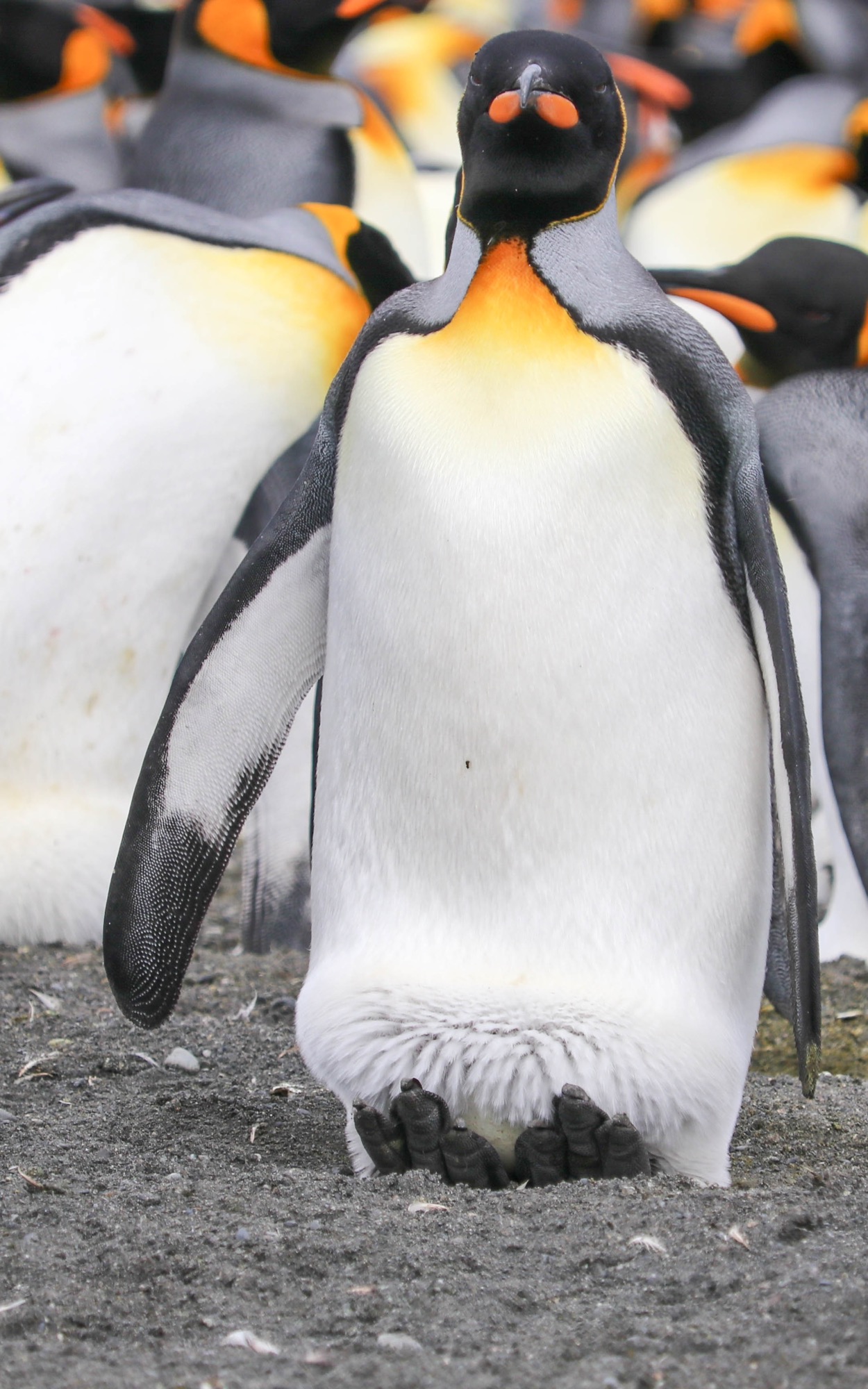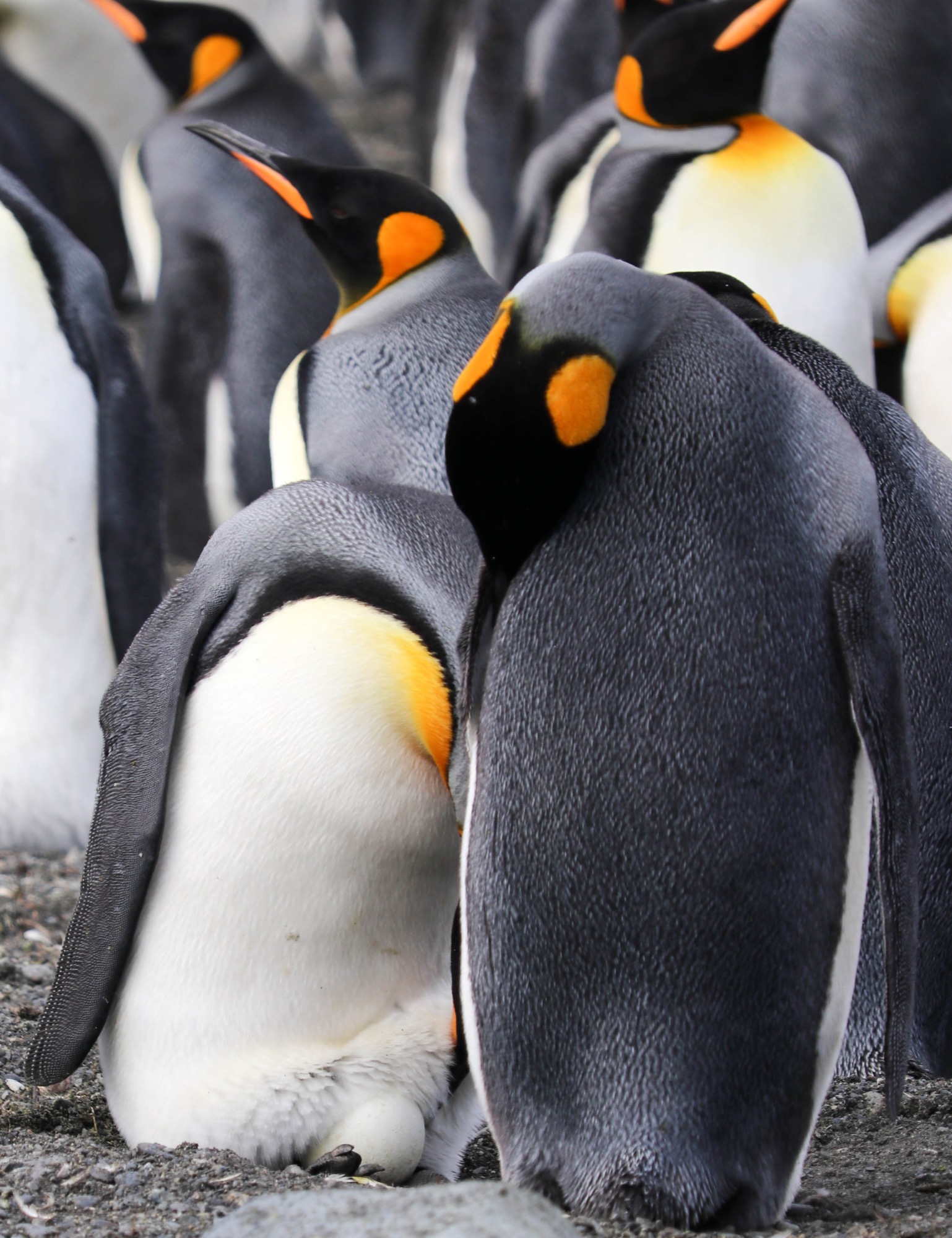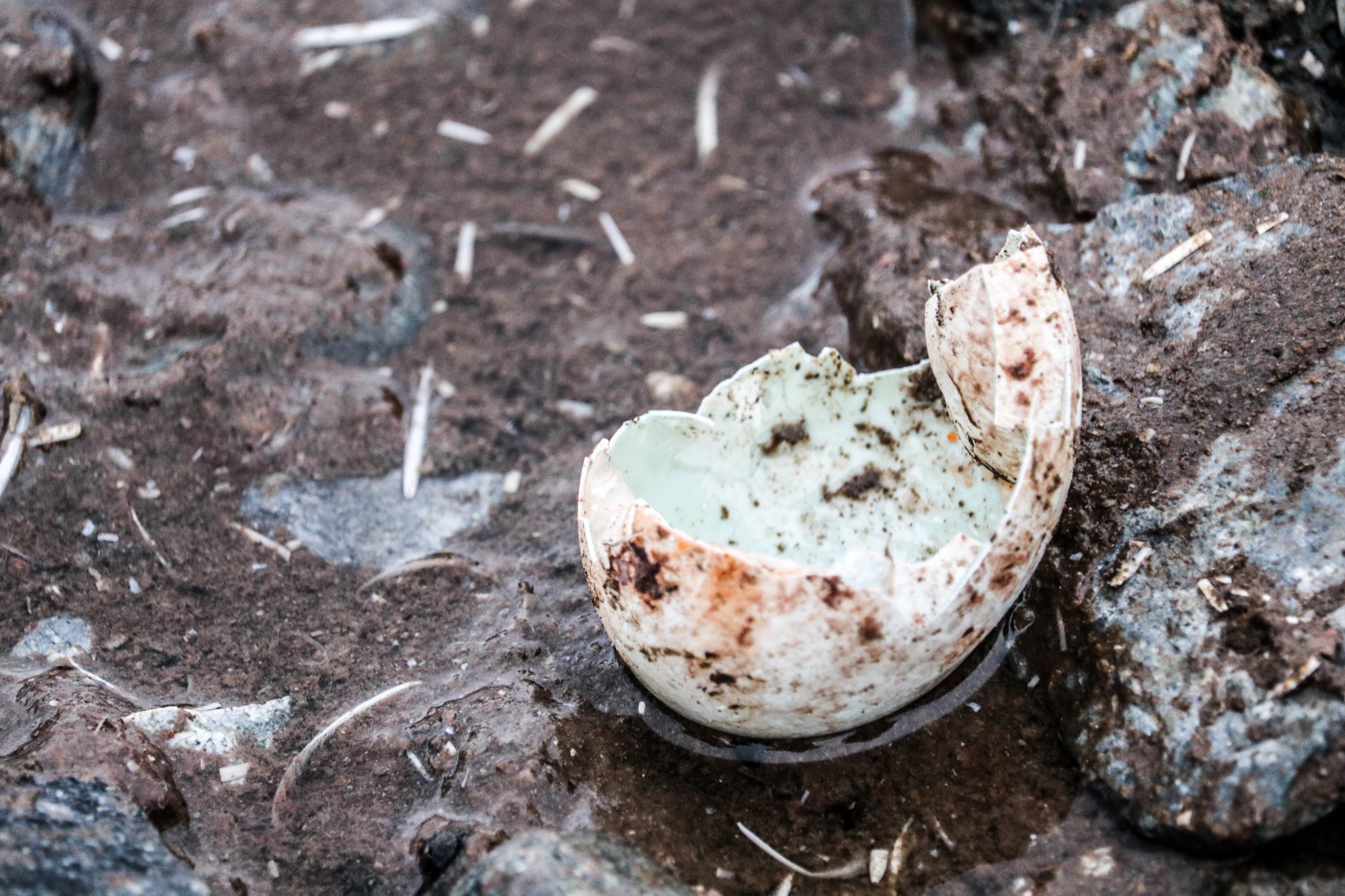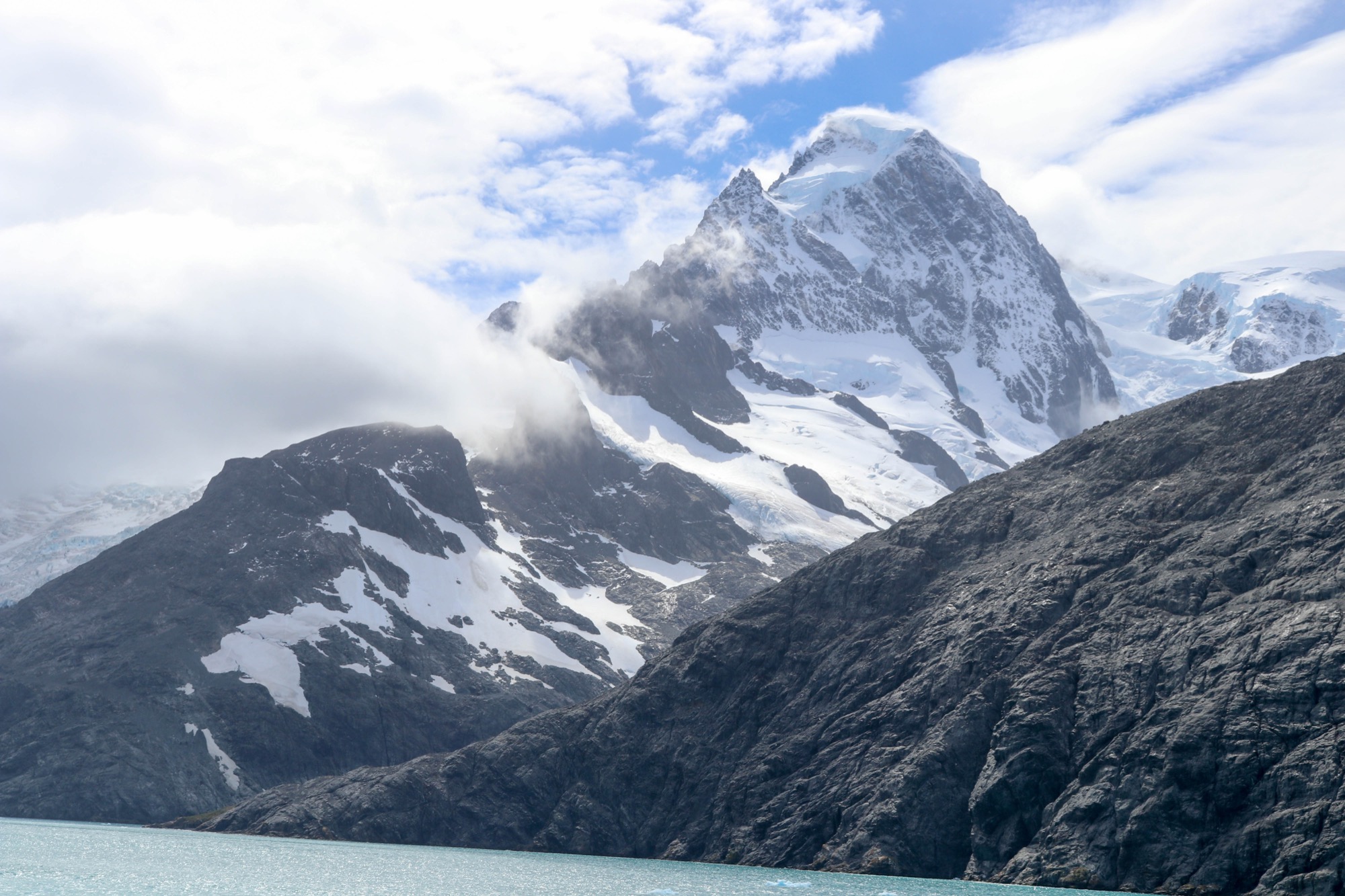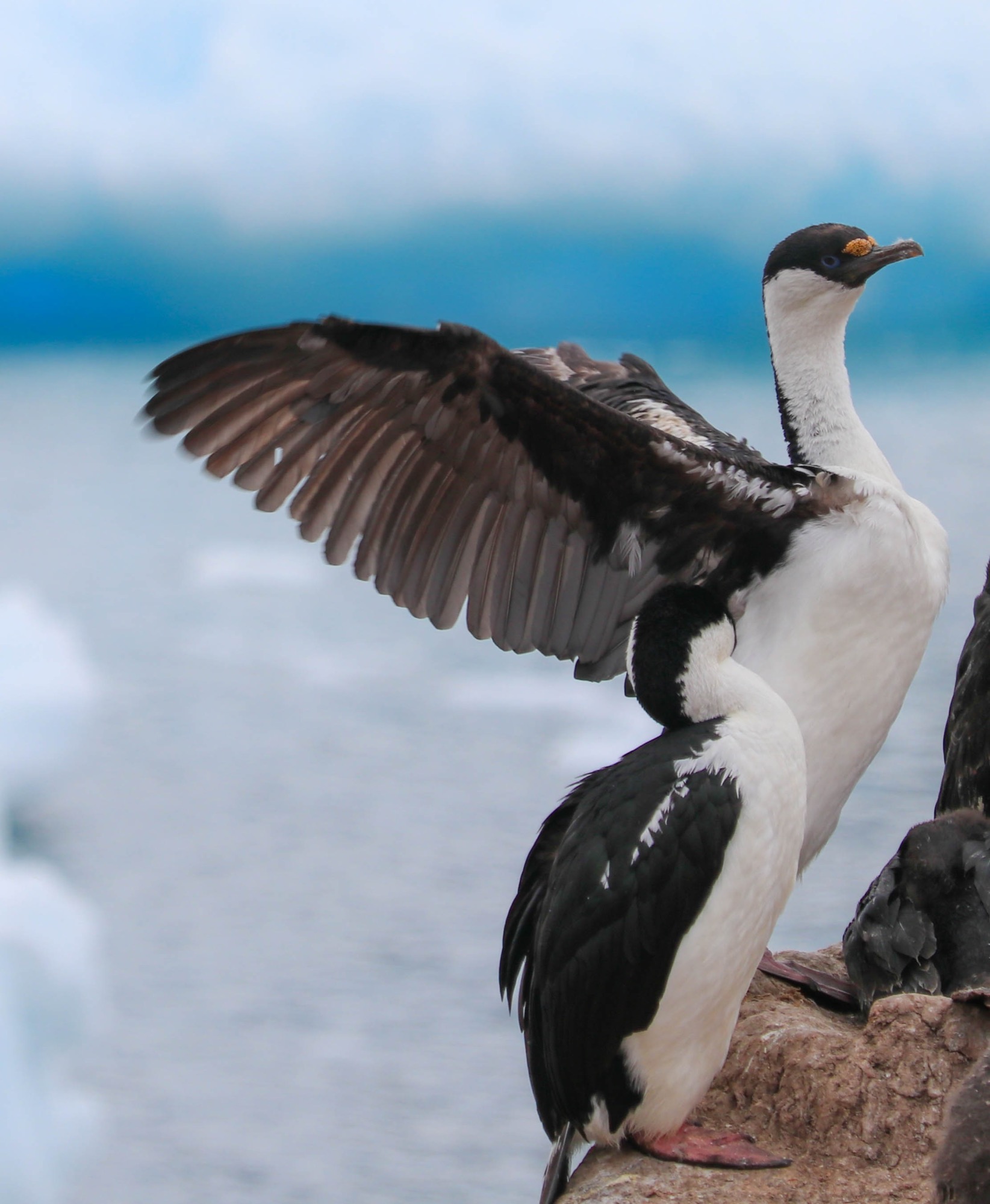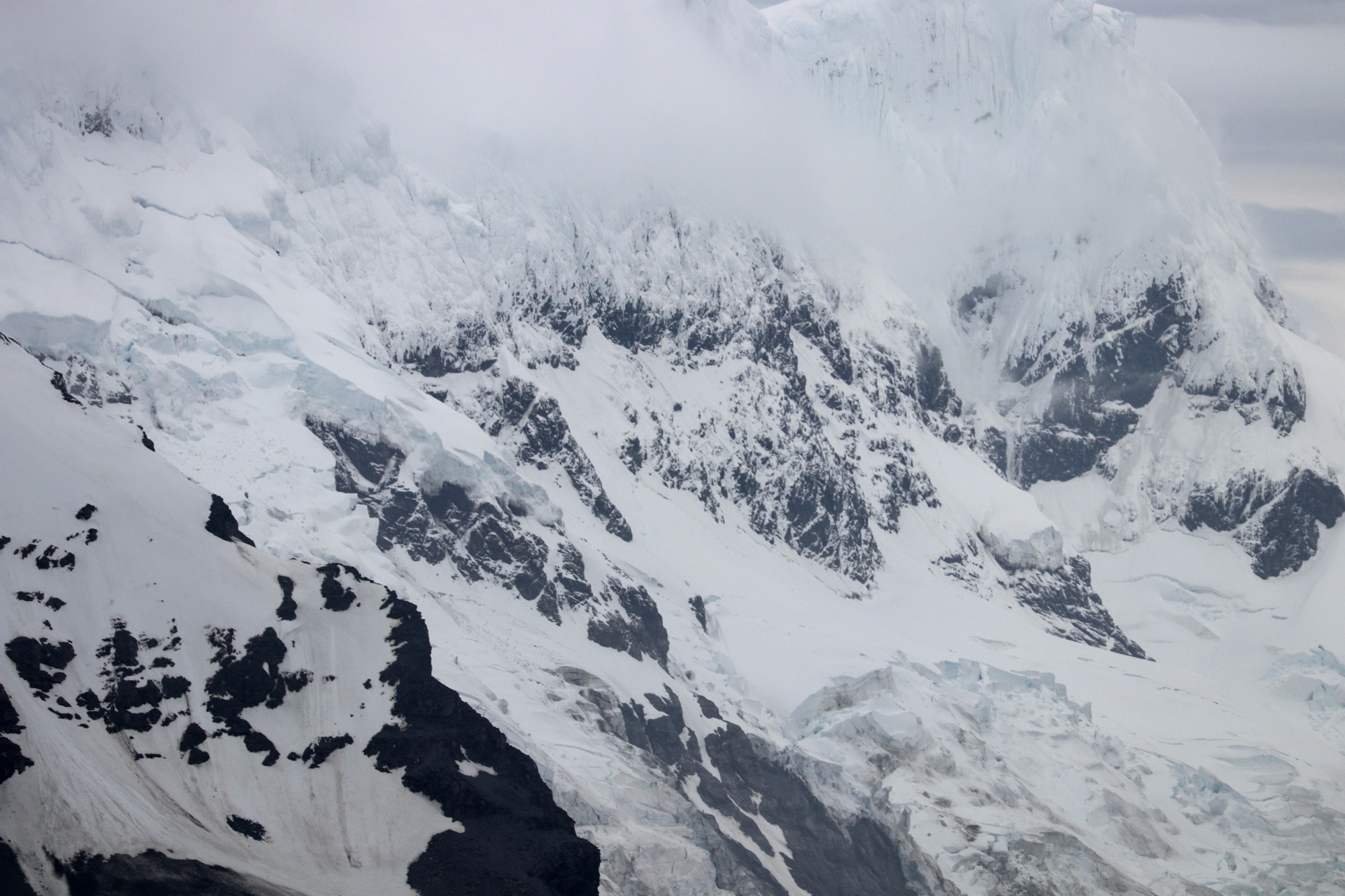The Blue Eyed Shag is an excellent fisherman that can dive to depths of about 80 feet. When swimming, they tuck in their wings and propel themselves forward with their webbed feet.
The Antarctic Skua is into kleptoparasitism. It harasses other birds in flight, which causes them to drop their food. Then the Skua steals the food.
Southern Giant Petrels are about three feet long and have a six and a half foot wingspan. They have a prominent tube on top of their beak, which helps them smell prey as they fly over the ocean. The tubenose is also useful for removing excess salt from the bird's body.
The Black-Browed Albatross lives most of its life at sea and returns to land only during breeding season. These birds can fly at speeds up to 70 mph.
Snow Petrels have the most southerly breeding location of any bird. To choose a mate, the female will fly in elaborate acrobatic-like patterns and see if the male can keep up with her.

